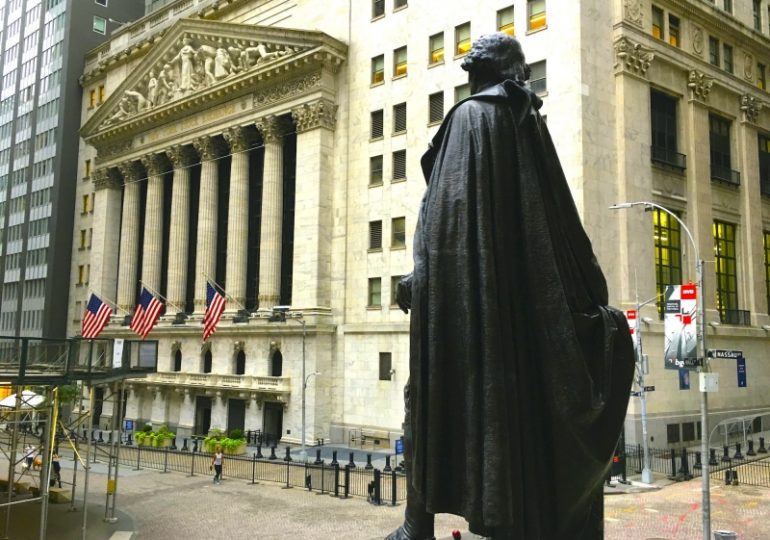Wall Street economists continue to slash expectations for fourth quarter growth.
In a note to clients published Sunday, Ellen Zentner and the economics team at Morgan Stanley lowered their fourth quarter GDP forecast to annualized growth of 3.5%, down from 9.3%. For the full-year 2020, Morgan Stanley now expects the economy will contract 2.7%, more than the 1.5% forecasted previously.
And this move followed downgrades to growth from JPMorgan and Goldman Sachs last week. JPM now sees fourth quarter growth coming in at 2.5% with the economy contracting 4.2% in 2020. Goldman expects the economy will grow at a 3% clip in the fourth quarter and contract by 3.5% for the full-year 2020.
All three firms targeted the same culprit: a lack of new fiscal stimulus.
Though in cutting these outlooks for growth, all three firms acknowledge that it does seem a better-than-feared dynamic has come to pass for consumer spending and the state of household balance sheets.
And with stocks entering the best three months of the year over the last decade on Thursday — the median return for the S&P 500 (^GSPC) from October through December is 7.86% during the last 10 years, according to data from Bespoke Investment Group published Monday — the surprising durability of this recovery bears close watching for investors.
“We estimate that the withdrawal of fiscal support will reduce disposable income in Q4 to roughly the pre-pandemic level,” Goldman economists led by Jan Hatzius said last week.
“This will weigh on consumer spending, but probably by less than initially feared. Seven weeks after unemployment benefits lapsed, timely spending measures have trended higher, reflecting an offset from ongoing adaptation and reopening in the service sector.”
“Diminishing fiscal support will test the resilience of the economic recovery,” Morgan Stanley said Sunday, “but we continue to believe that there has been enough progress in the recovery and that there is a enough momentum in underlying activity to keep the U.S. economy on pace to return to pre-Covid levels of real GDP by the middle of next year.”
"Forbes Georgia-ის სარედაქციო ბლოგპოსტების სერია "როგორ გამდიდრდა“ და "საქართველო რეიტინგებში".















